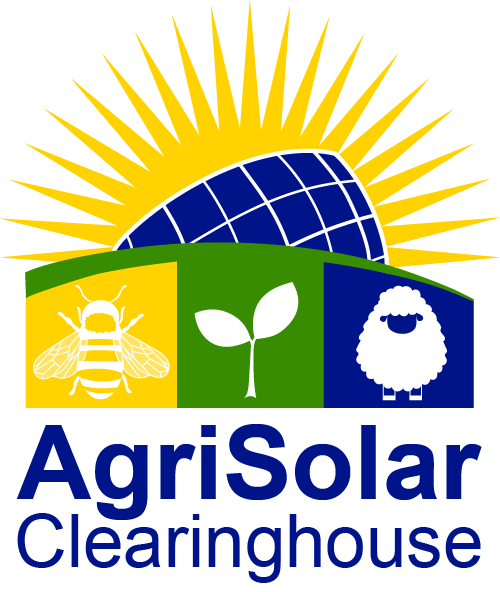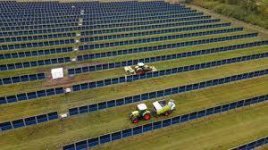Linda Poole
Moderator
I knew the reverse was true, but in Anthropocene author Emma Bryce shares an interesting discovery:
See the full article here.
It’s an ironic fact that sun-harvesting solar panels function better when they’re not too hot. But luckily researchers have now discovered precisely how to cool them down. Building solar panels at a specific height above crops can reduce surface temperatures by up to 10 °C, compared to traditional panels constructed over bare ground, they’ve found.
The results, published in the journal Applied Energy, are the latest contribution to a growing body of research on agrivoltaics: a farming method that aims to maximize land use by pairing solar panels with cropland, thus minimizing competition between energy production and food. We already know that agrivoltaics can increase land-use efficiency, produce plenty of electricity on minimal land, and may also improve crop yields by shielding plants from heat and wind.
But how to maximize this relationship for the hard-working solar panels is something that we knew less about—until this research.
See the full article here.

